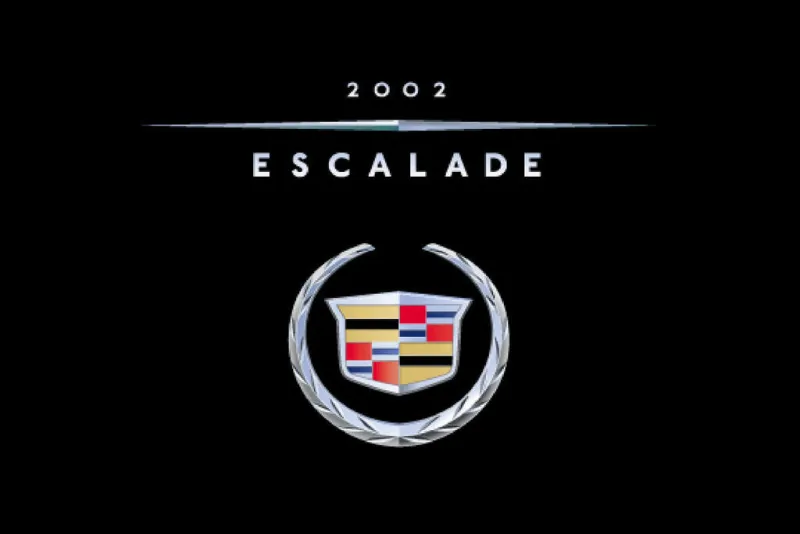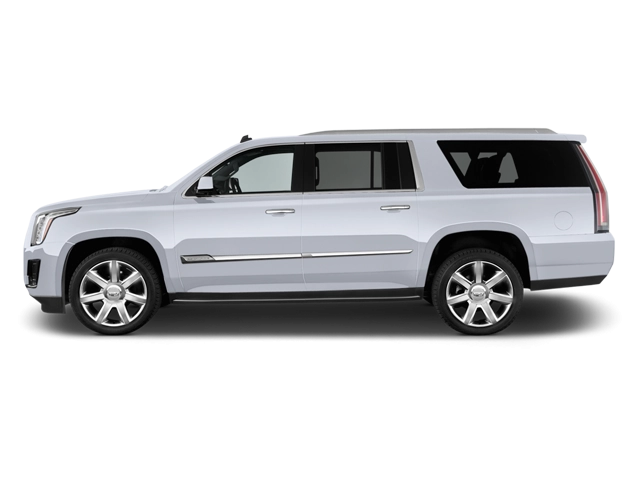2002 Cadillac Escalade Owner's Manual

Table of Contents
2002 Cadillac Escalade Overview
Introduction
The 2002 Cadillac Escalade epitomizes luxury and capability, setting a benchmark for full-size SUVs during its release. Distinguished by its iconic bold styling and spacious interior, the Escalade caters to those who desire both performance and opulence. It effortlessly combines a sophisticated exterior design with high-end features, making it a popular choice for drivers seeking a premium driving experience.
Powertrains
The 2002 Escalade is powered by a robust 6.0-liter V8 engine that produces an impressive 345 horsepower and 380 lb-ft of torque. This powertrain is paired with a smooth-shifting four-speed automatic transmission, providing effortless acceleration and responsiveness. Buyers can choose between rear-wheel drive and all-wheel drive configurations, ensuring optimal performance across various driving conditions. The Escalade's towing capacity is also notable, allowing it to handle trailers and additional cargo with ease.
Trims
Features
This model is infused with a wealth of features designed to provide comfort and convenience. Notable aspects include power-adjustable front seats, dual-zone climate control, and an intuitive navigation system. Safety features such as anti-lock brakes, traction control, and various airbags reflect Cadillac's commitment to ensuring a secure driving environment. Additionally, its spacious cargo area and foldable rear seats make for impressive versatility.
Owner's Manual
The owner's manual for the 2002 Cadillac Escalade serves as an essential guide, detailing maintenance schedules, operating instructions, and troubleshooting tips. It empowers owners by providing comprehensive information about the SUV's features and maintenance needs, ensuring that the luxurious experience is both enjoyable and enduring.
User manual download
The Cadillac Escalade owner manual for the 2002 model year is to be found in PDF downloadable format on this page. The owner manual for the model year 2002 is free and in English, but the repair manuals are usually not easy to get and may cost more.
Manual Questions
Fill the form below and someone will help you!

